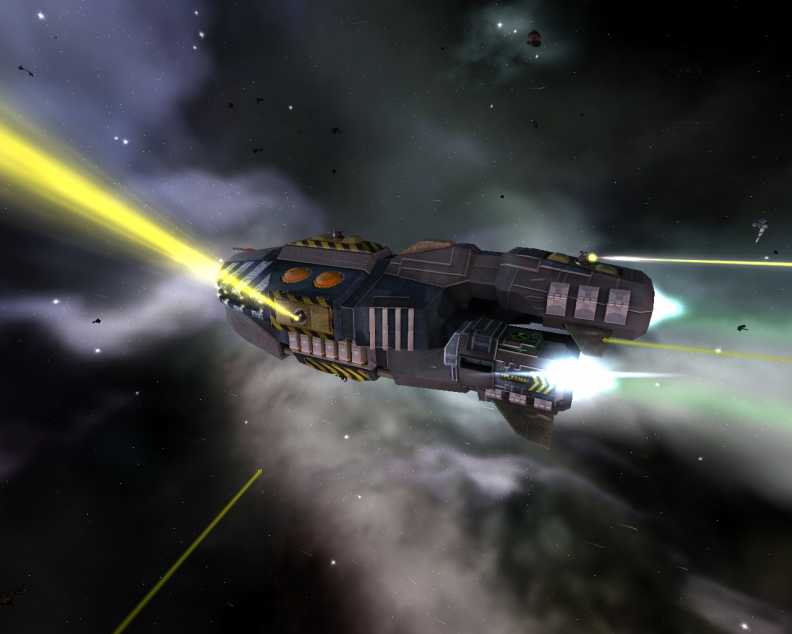


It has been theorized that a self-replicating starship utilizing relatively conventional theoretical methods of interstellar travel (i.e., no exotic faster-than-light propulsion, and speeds limited to an "average cruising speed" of 0.1 c.) could spread throughout a galaxy the size of the Milky Way in as little as half a million years. The design's strategy was to use the probe to deliver a "seed" factory with a mass of about 443 tons to a distant site, have the seed factory produce many copies of itself there to increase its total manufacturing capacity over a 500-year period, and then use the resulting automated industrial complex to construct more probes with a single seed factory on board each. The first quantitative engineering analysis of such a spacecraft was published in 1980 by Robert Freitas, in which the non-replicating Project Daedalus design was modified to include all subsystems necessary for self-replication. They may even mutate with untold thousands of "generations". Given enough variety of "species" they might even form a type of ecology, or – should they also have a form of artificial intelligence – a society. In his short story "Lungfish" (see Self-replicating machines in fiction), David Brin touches on this idea, pointing out that self-replicating machines launched by different species might actually compete with one another (in a Darwinistic fashion) for raw material, or even have conflicting missions. Given this pattern, and its similarity to the reproduction patterns of bacteria, it has been pointed out that von Neumann machines might be considered a form of life. This mission varies widely depending on the variant of self-replicating starship proposed. The original "parent" probe could then pursue its primary purpose within the star system. These replicas would then be sent out to other planetary systems. In theory, a self-replicating spacecraft could be sent to a neighbouring planetary system, where it would seek out raw materials (extracted from asteroids, moons, gas giants, etc.) to create replicas of itself. Von Neumann proved that the most effective way of performing large-scale mining operations such as mining an entire moon or asteroid belt would be by self-replicating spacecraft, taking advantage of their exponential growth.


 0 kommentar(er)
0 kommentar(er)
